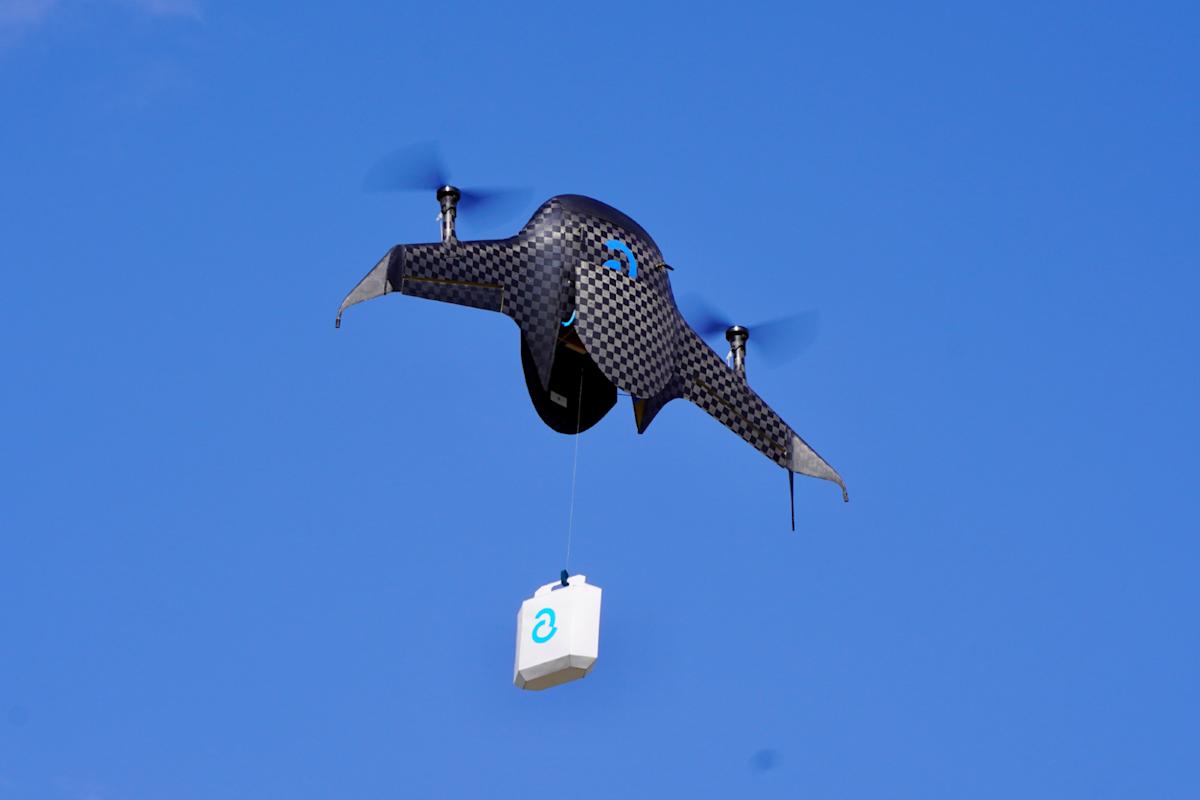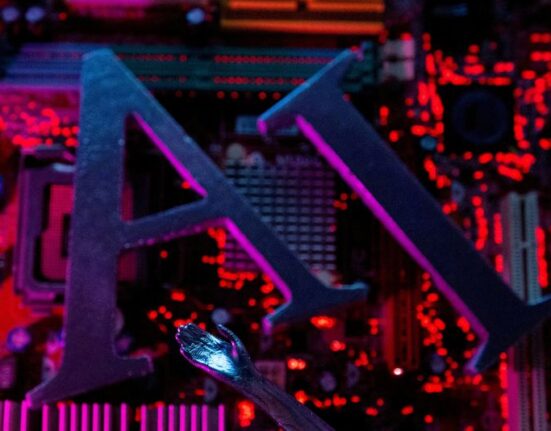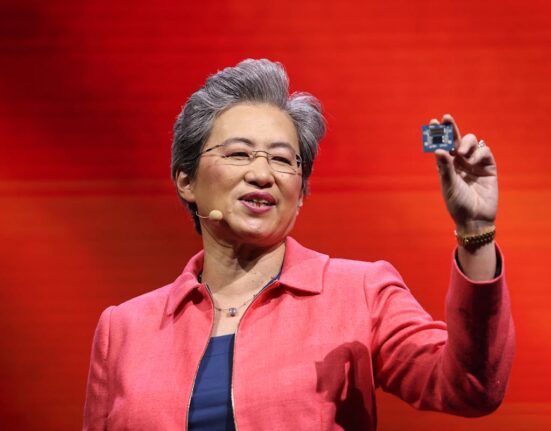Airbound, an Indian drone startup, has raised $8.65 million in seed funding led by Physical Intelligence co-founder Lachy Groom, as it begins a drone-delivery pilot with a private hospital and works toward one-cent delivery using its ultra-light, blended-wing-body aircraft.
The seed round includes participation from Humba Ventures and Airbound’s existing investor Lightspeed Venture Partners, as well as senior leaders at Tesla, SpaceX, and Anduril.
Founded in 2020 by Naman Pushp — who was 15 at the time and is now 20 — Airbound has developed an aircraft using a tail-sitter design (where the drone sits vertically and launches upright like a rocket) and carbon fiber frame, aiming to deliver parcels at up to 20 times lower cost than conventional methods and significantly cheaper than existing drone delivery systems. The aircraft uses a blended-wing-body shape with two propellers, rather than the more common quadcopter configuration. This enables the aircraft to take off like a rocket and fly like a plane.
Airbound is targeting one-cent deliveries by rethinking how energy is used to move goods, founder and CEO Pushp said in an interview.
Typically, electric two-wheelers are used in India to deliver payloads weighing under 3 kilograms, Pushp told TechCrunch, even though the vehicles themselves weigh around 150 kilograms (331 pounds) and cost about ₹2 (about $0.02) per kilometer in energy. Airbound aims to cut that cost down to as low as 10 paise (around $0.001) by using its drone, called the TRT, which is built specifically for small payloads and removes the need for a human driver — reducing total transport weight by roughly 30 times. That, Pushp said, translates into a 20-fold drop in energy cost per kilometer, making one-cent drone delivery a feasible end state.
“There is actually an incredible amount of gaps between where drones are today and where they can be,” the founder said. “You need four kilograms of drone to lift one kilogram of payload, which is insane to me. Range is a broken metric. There’s no concept of aerodynamic efficiency with drones “[right now].”
The aircraft’s rocket-like, blended-wing design eliminates the need for additional propellers and heavy moving parts, improving aerodynamic efficiency over conventional quadcopters. By avoiding propellers that disrupt airflow over the wing, the drone maintains a higher lift-to-drag ratio, reducing the amount of thrust needed to stay aloft and making forward flight significantly more energy-efficient, the founder told TechCrunch.
The first version of Airbound’s drone weighs 3.3 pounds and carries a payload of up to 2.2 pounds, and the startup also aims for its second version to support a 6.6-pound payload while weighing just 2.6 pounds itself.
Airbound, an Indian drone startup, has raised $8.65 million in seed funding led by Physical Intelligence co-founder Lachy Groom, as it begins a drone-delivery pilot with a private hospital and works toward one-cent delivery using its ultra-light, blended-wing-body aircraft.
The seed round includes participation from Humba Ventures and Airbound’s existing investor Lightspeed Venture Partners, as well as senior leaders at Tesla, SpaceX, and Anduril.
Founded in 2020 by Naman Pushp — who was 15 at the time and is now 20 — Airbound has developed an aircraft using a tail-sitter design (where the drone sits vertically and launches upright like a rocket) and carbon fiber frame, aiming to deliver parcels at up to 20 times lower cost than conventional methods and significantly cheaper than existing drone delivery systems. The aircraft uses a blended-wing-body shape with two propellers, rather than the more common quadcopter configuration. This enables the aircraft to take off like a rocket and fly like a plane.
Airbound is targeting one-cent deliveries by rethinking how energy is used to move goods, founder and CEO Pushp said in an interview.
Typically, electric two-wheelers are used in India to deliver payloads weighing under 3 kilograms, Pushp told TechCrunch, even though the vehicles themselves weigh around 150 kilograms (331 pounds) and cost about ₹2 (about $0.02) per kilometer in energy. Airbound aims to cut that cost down to as low as 10 paise (around $0.001) by using its drone, called the TRT, which is built specifically for small payloads and removes the need for a human driver — reducing total transport weight by roughly 30 times. That, Pushp said, translates into a 20-fold drop in energy cost per kilometer, making one-cent drone delivery a feasible end state.
“There is actually an incredible amount of gaps between where drones are today and where they can be,” the founder said. “You need four kilograms of drone to lift one kilogram of payload, which is insane to me. Range is a broken metric. There’s no concept of aerodynamic efficiency with drones “[right now].”
The aircraft’s rocket-like, blended-wing design eliminates the need for additional propellers and heavy moving parts, improving aerodynamic efficiency over conventional quadcopters. By avoiding propellers that disrupt airflow over the wing, the drone maintains a higher lift-to-drag ratio, reducing the amount of thrust needed to stay aloft and making forward flight significantly more energy-efficient, the founder told TechCrunch.
The first version of Airbound’s drone weighs 3.3 pounds and carries a payload of up to 2.2 pounds, and the startup also aims for its second version to support a 6.6-pound payload while weighing just 2.6 pounds itself.










Leave feedback about this